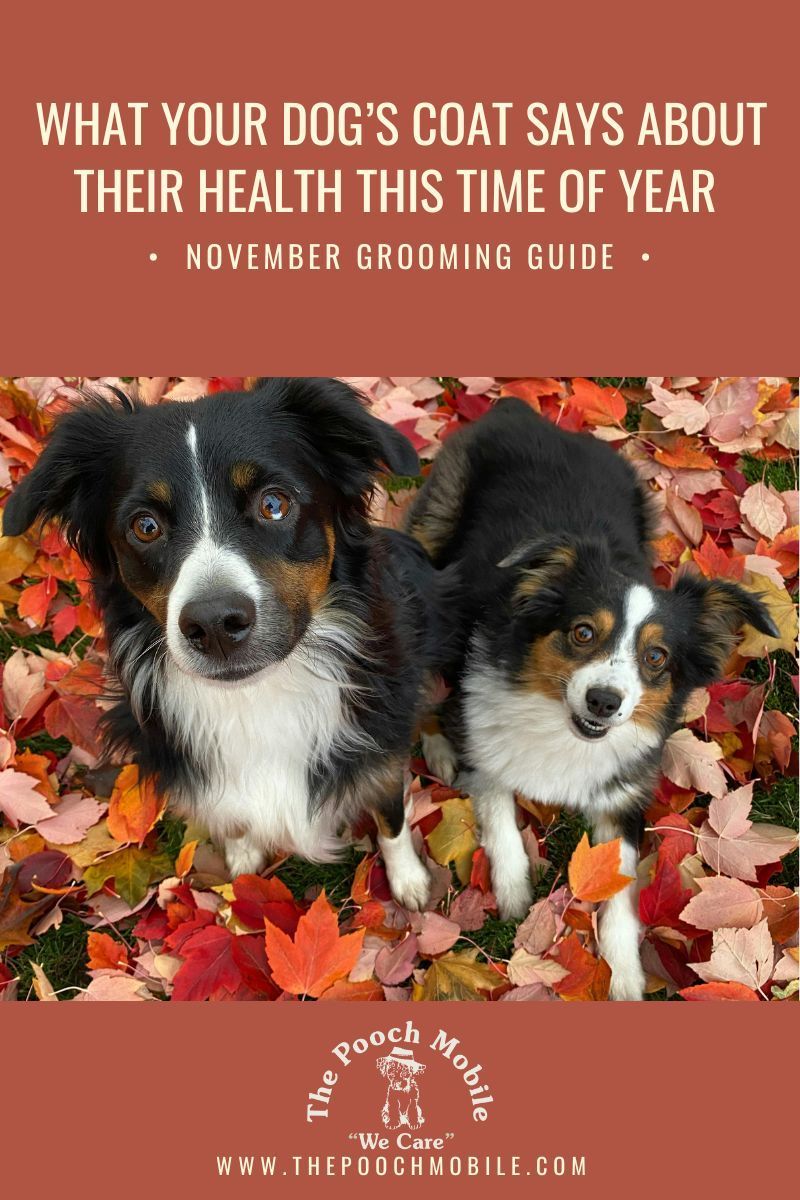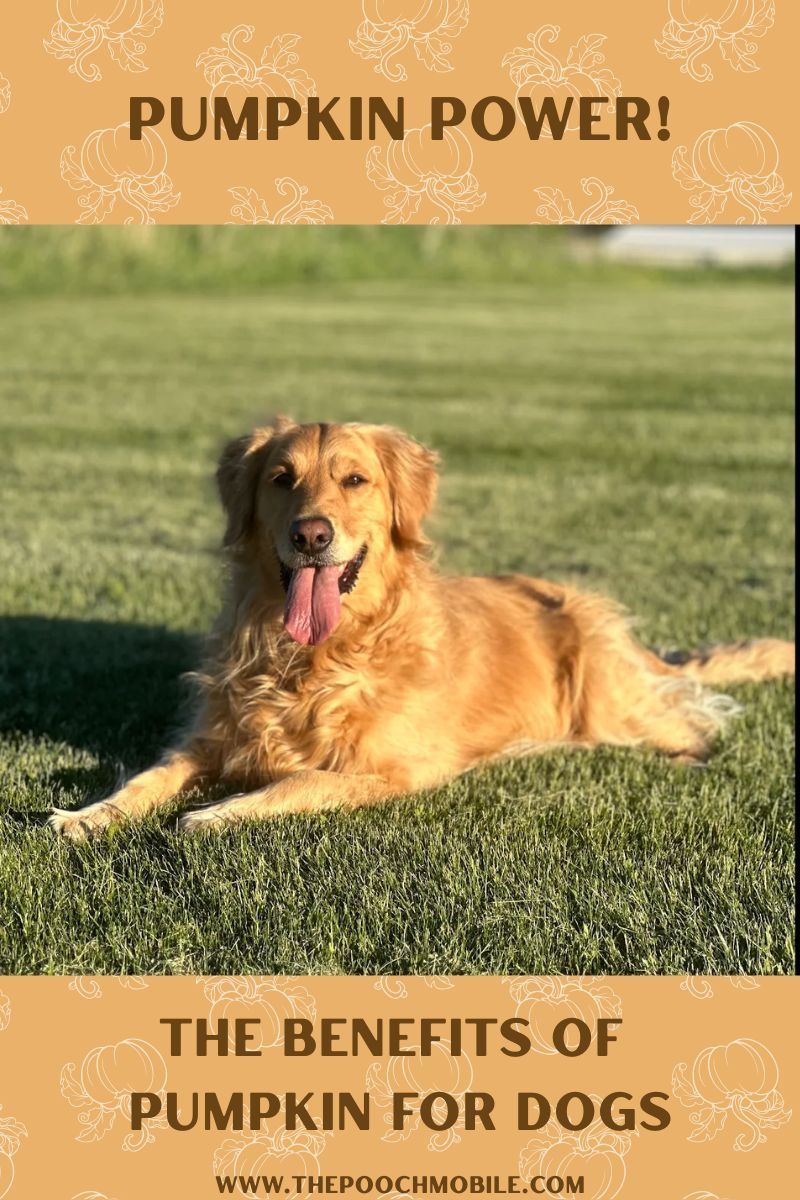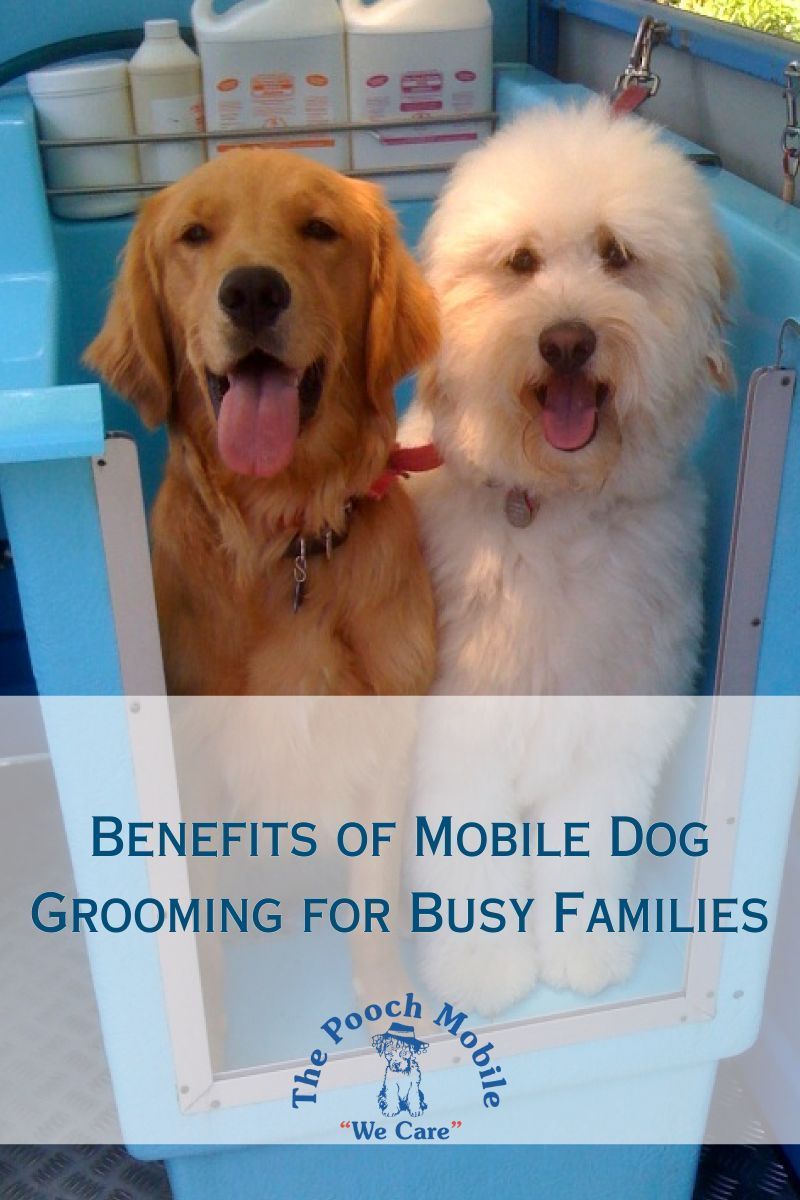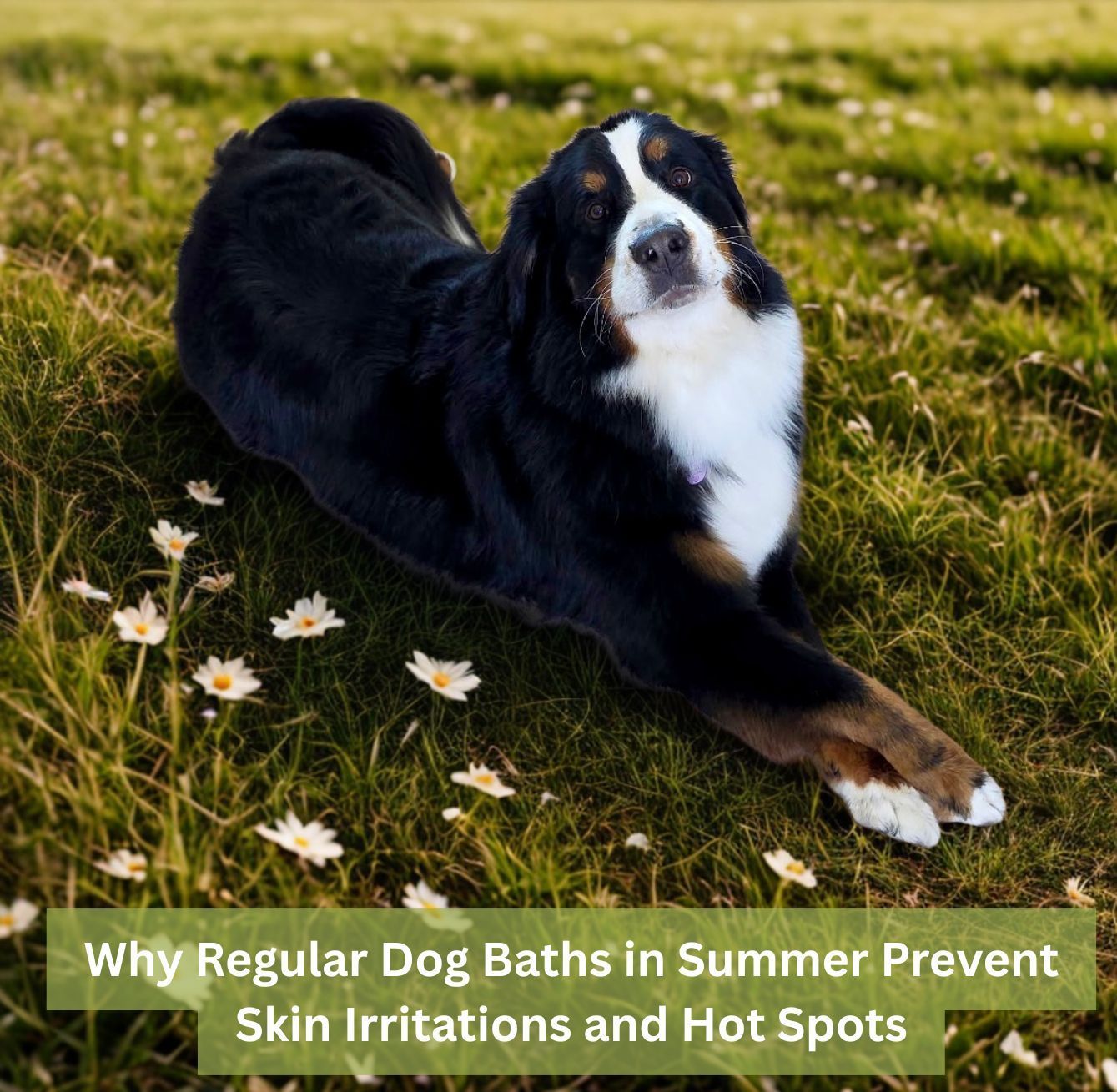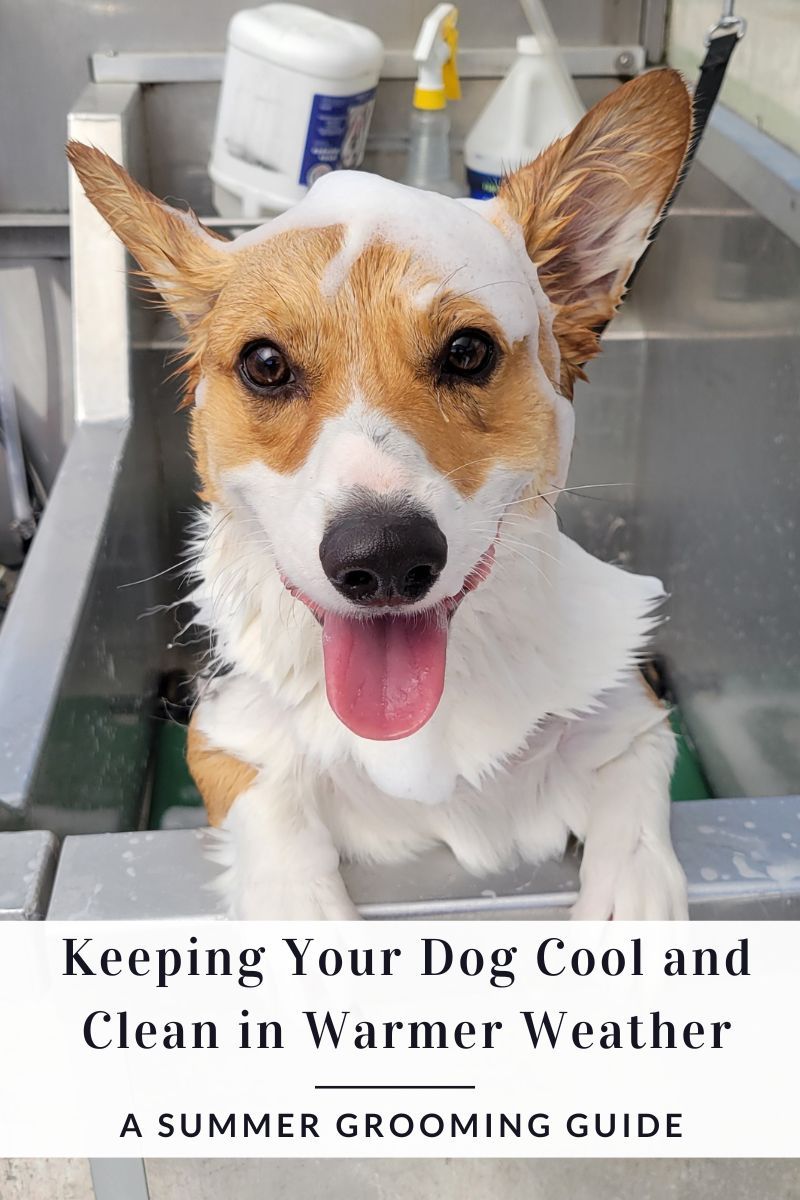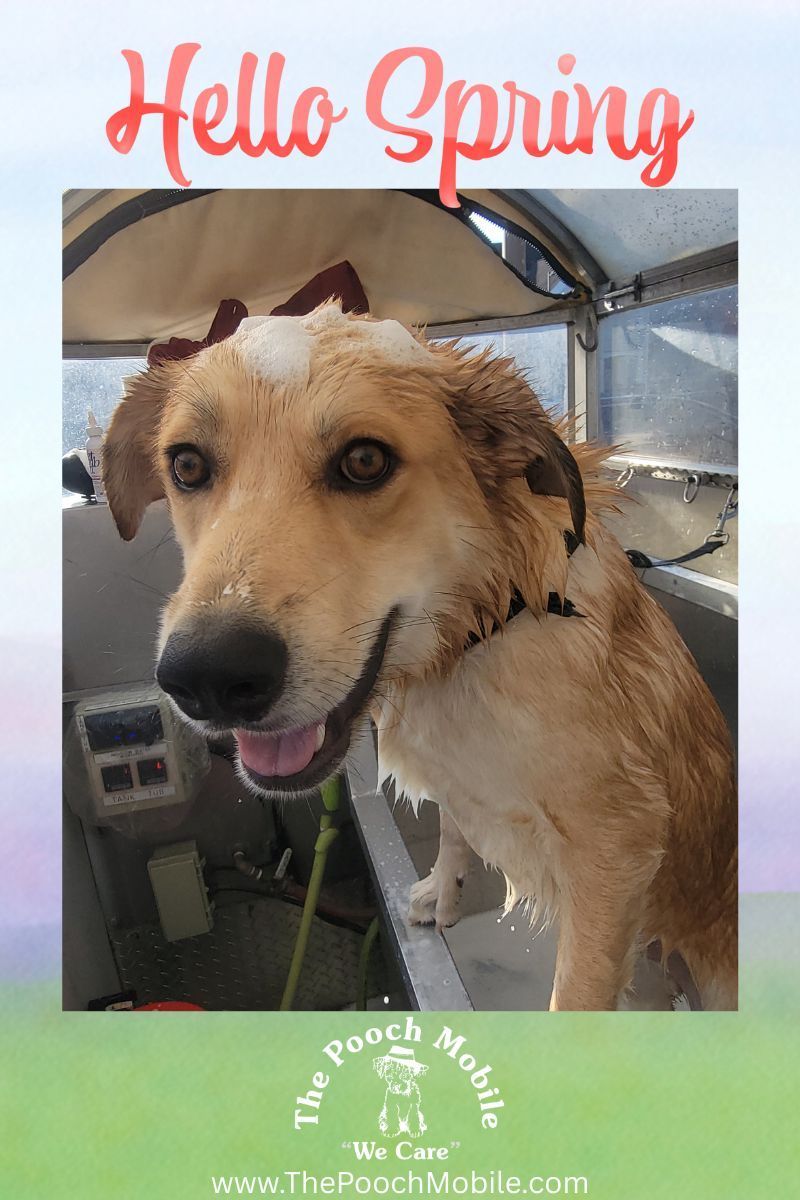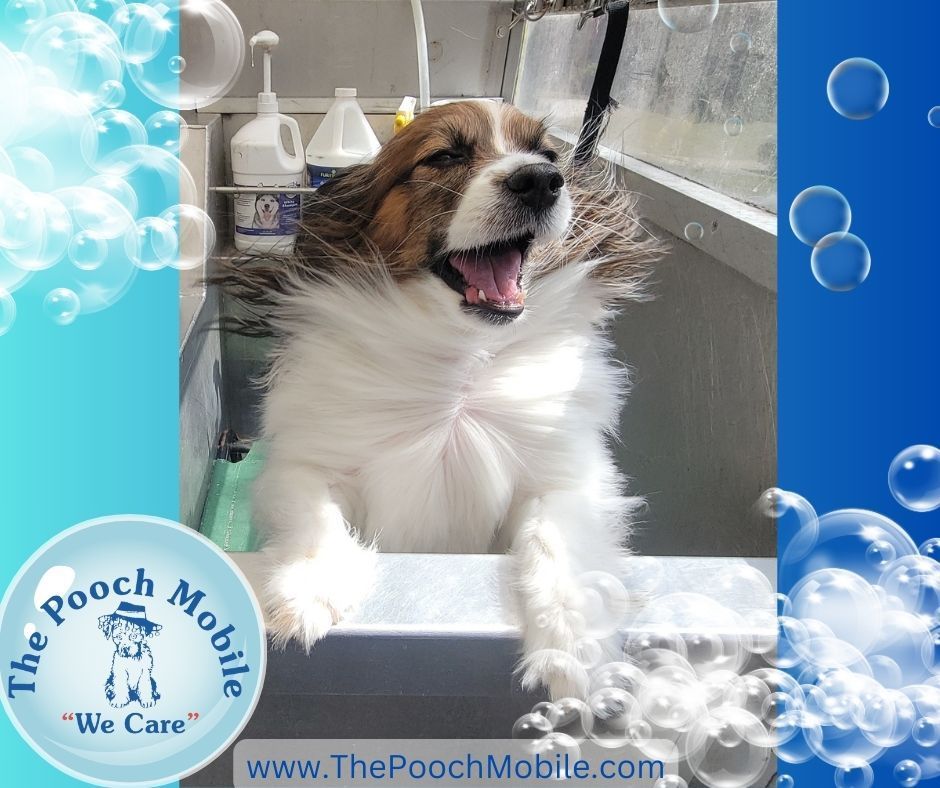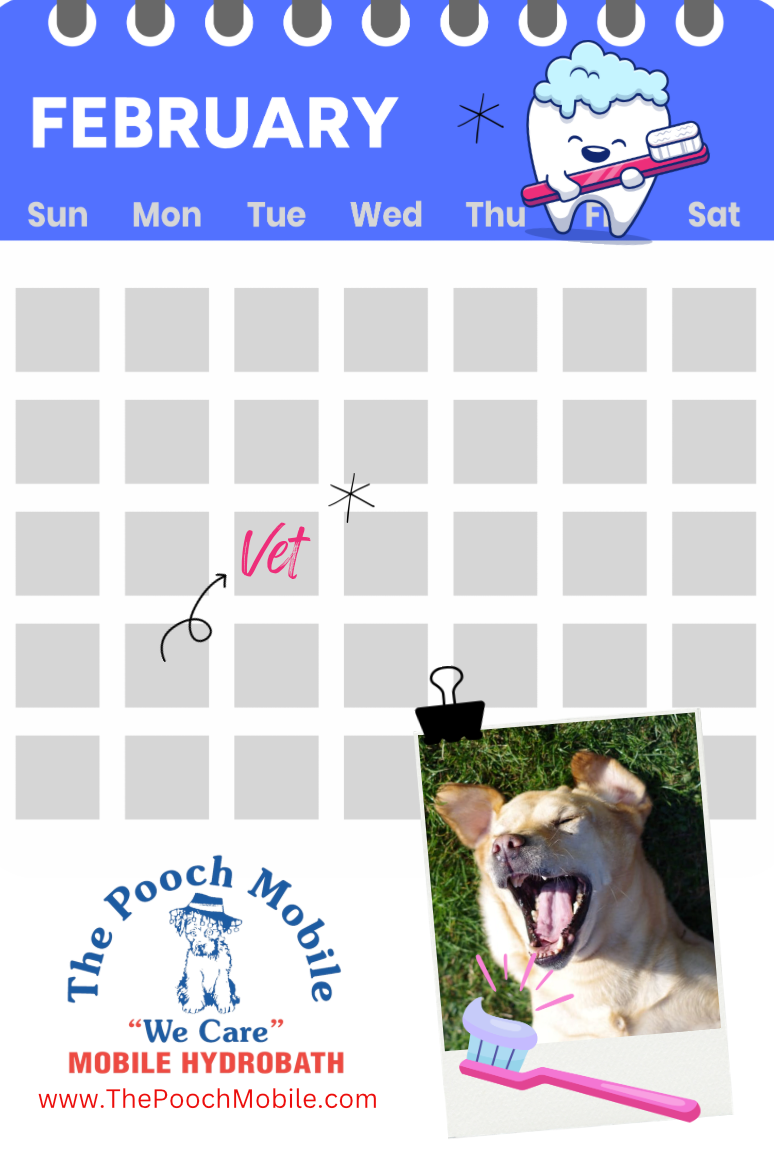Springtime Sneezes: A Guide to Seasonal Allergies in Dogs
As the outside world transforms into a colorful spectacle of blossoming flowers and budding trees, sometimes our four-legged companions can get hit with a case of seasonal allergies. Although we humans look forward to the change in weather and vibrant scenery, dogs can experience discomfort due to environmental factors that lead to allergic reactions. If you notice that your pooch is feeling down or acting strangely, this may be the reason. In this article, we will cover seasonal allergy causes, symptoms, and management for canines to help you make this stretch of the year more blissful for your furry friend.
What Causes Seasonal Allergies in Dogs?
There are a few factors that can result in your dog exhibiting symptoms from seasonal allergies.
#1 - Pollen
Whether it is stemming from flowers, trees, grasses, or even weeds, the primary culprit for seasonal allergies in dogs is good old-fashioned pollen. These tiny particles float around in the air and can trigger an allergic reaction just like in humans.
#2 - Mold Spores
While April showers may bring May flowers, they can also bring damp, humid weather conditions that provide the perfect setup for mold growth. Mold spores can be very dangerous. If these bad boys are inhaled or come into contact with your dog’s sensitive skin, they can cause an allergic reaction.
#3 - Dust Mites
One culprit that might be a surprise is the presence of dust mites. These agitating critters are present all year long, unfortunately. However, they get worse during warm weather. Contact with the dog’s skin can lead to discomfort and itching.
#4 - Insects
During the winter, most states are blessed with the absence of the most annoying insects. However, when the weather changes, many areas experience an increase in insect activity. Bites from insects, especially from fleas, can cause intense skin irritation and itching.
What Symptoms Should You Look for?
While all of that may sound scary, never fear! There are tell-tale signs of seasonal allergies in dogs. Here’s what to watch for this spring:
#1 - Excessive Scratching
The first sign of allergies in dogs is itching and scratching more than usual. You may see your canine rubbing their face on furniture or chewing at their paws as well.
#2 - Irritated Skin
This one can sometimes be harder to see, but inflammation can lead to red or irritated skin. If you notice hot spots, red patches, or missing fur, that could mean that your dog is allergic to something.
#3 - Sneezing and Watery Eyes
Just like in humans, dogs can experience watery eyes and sneezing when they are introduced to an allergen. They may also paw at their face.
#4 - Infections
The most common infection dogs can experience due to allergies is an ear infection. Signs to look for include scratching at the ears or shaking their head.
#5 - Dripping Nose
Again, just like in humans, dogs can develop a running nose thanks to allergies. It’s best to watch out for clear or discolored nasal discharge.
How to Manage and Treat Seasonal Allergies in Dogs
If you believe that your dog is suffering from seasonal allergies, it is best to consult with your veterinarian first. They can perform an allergy test to figure out what specific allergens are causing the problem. Then, they can develop a treatment plan accordingly.
Typical treatment plans include antihistamines, corticosteroids, shampoos, sprays, or wipes to help alleviate symptoms. Regular grooming is also recommended as is flea prevention. Consult your veterinarian for the safest, most effective flea prevention options.
Wrapping Up
At the end of the day, no one enjoys allergy season. But there are many ways to make sensitive pooches more comfortable during the spring. With the right preventative measures, management, and/or treatment, your dog can enjoy the warmer weather without so much discomfort.
Paragraph title
This is the text area for this paragraph. To change it, simply click here and start typing.
